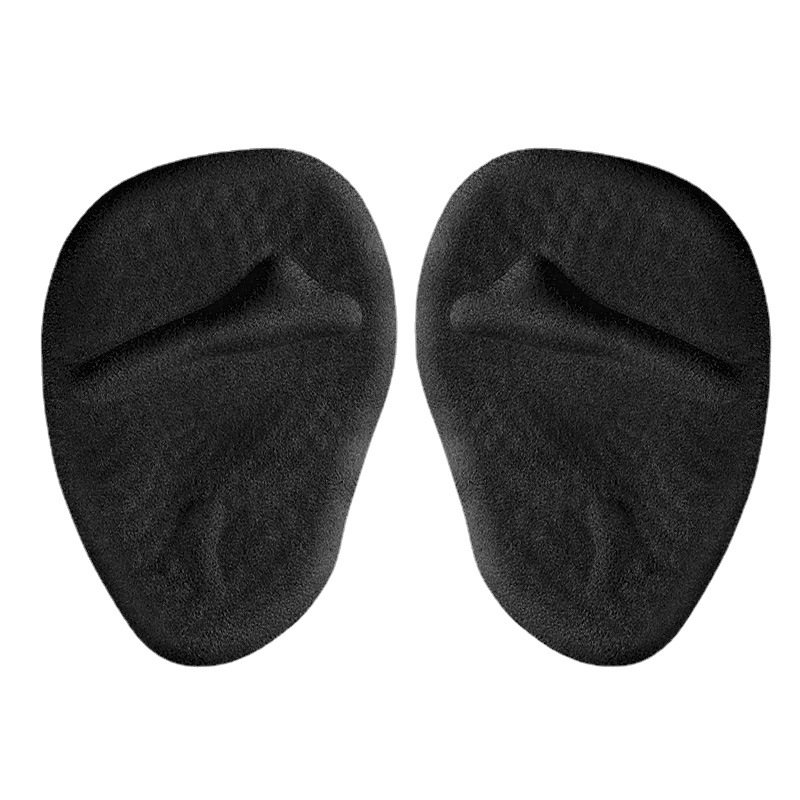When selecting shoe insoles for snow boots, there are several factors to consider, including:
- Material: Look for insoles made of materials that provide warmth and insulation, such as wool or synthetic materials like Thinsulate. These materials will help to keep your feet warm and dry in cold and wet conditions.
- Cushioning: Snow boots are often worn for extended periods of time, so it’s important to choose insoles that provide adequate cushioning and support. Look for insoles with a thick layer of foam or gel, which will help to absorb shock and reduce pressure on your feet.
- Arch support: Many people experience foot fatigue or pain when walking on uneven terrain, so it’s important to choose insoles with proper arch support. This will help to distribute your weight evenly across your feet and reduce the risk of developing foot pain.
- Size and fit: Insoles come in different sizes and can be trimmed to fit your snow boots. Be sure to select insoles that match the size of your boots and that fit comfortably inside. Insoles that are too small or too large can cause discomfort and may not provide the support and cushioning you need.
- Moisture-wicking properties: Look for insoles with moisture-wicking properties that will help to keep your feet dry and prevent odor buildup. This is especially important when wearing snow boots, as moisture can quickly build up inside the boots and cause discomfort.
Overall, when selecting insoles for snow boots, prioritize warmth, cushioning, arch support, proper fit, and moisture-wicking properties. A good pair of insoles can help to keep your feet comfortable and supported in even the coldest and wettest conditions.



